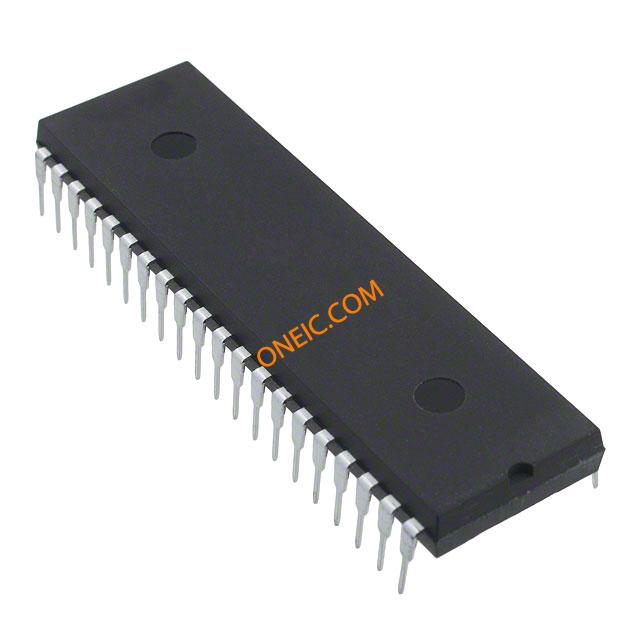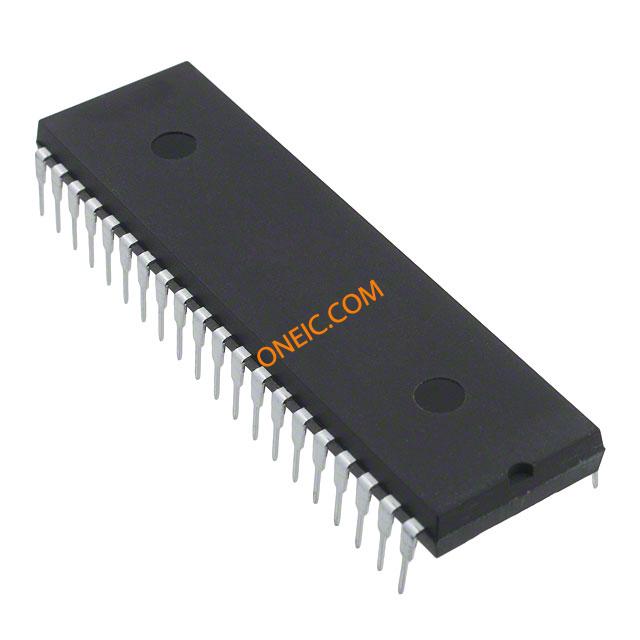PIC18F4580-I/P
8-bit PIC microcontrollers with 32KB flash, 1536B RAM, 40MHz, 40/44-pin packages
Manufacturer: microchip
series introduction
# PIC18F4580 - I/P Product Series Introduction
## 1. Overview
The PIC18F4580 - I/P is a highly versatile and powerful microcontroller product series from Microchip Technology. It belongs to the PIC18F family, which is well - known for its high - performance, low - power consumption, and rich peripheral features. This particular series is designed to meet the diverse needs of various embedded applications, ranging from industrial control systems to consumer electronics.
## 2. Key Features
### 2.1 CPU and Memory
- **High - Performance CPU**: The PIC18F4580 - I/P is equipped with an 8 - bit RISC CPU core that can execute instructions at a high speed. It has a Harvard architecture, which separates the program memory and data memory buses, allowing for simultaneous access to instructions and data. This architecture significantly enhances the processing efficiency of the microcontroller.
- **Program Memory**: It comes with 32 KB of Flash program memory. Flash memory is non - volatile, which means that the program code stored in it is retained even when the power is turned off. This allows for easy reprogramming of the microcontroller during development and in - field updates.
- **Data Memory**: The device has 1536 bytes of RAM (Random Access Memory). RAM is used for storing temporary data during program execution, such as variables, buffers, and intermediate results. The sufficient amount of RAM enables the microcontroller to handle complex algorithms and data - intensive tasks.
### 2.2 Peripherals
#### 2.2.1 Timers/Counters
- **Multiple Timer Modules**: The PIC18F4580 - I/P includes several timer/counter modules, such as Timer0, Timer1, Timer2, Timer3, and Timer4/5. These timers can be used for a variety of purposes, including generating accurate time delays, measuring time intervals, and generating PWM (Pulse Width Modulation) signals. For example, in a motor control application, the PWM signals generated by the timers can be used to control the speed and direction of the motor.
- **Capture/Compare/PWM (CCP) Modules**: There are four CCP modules available. The capture mode can be used to measure the time between two events, while the compare mode can be used to generate output signals at specific time intervals. The PWM mode is widely used in applications such as LED dimming, where the duty cycle of the PWM signal can be adjusted to control the brightness of the LED.
#### 2.2.2 Communication Interfaces
- **Universal Synchronous Asynchronous Receiver Transmitter (USART)**: The USART module allows the microcontroller to communicate with other devices using serial communication protocols, such as RS - 232, RS - 485, and TTL. This makes it suitable for applications that require communication with external sensors, displays, or other microcontrollers.
- **Synchronous Serial Port (SSP)**: The SSP module supports both SPI (Serial Peripheral Interface) and I²C (Inter - Integrated Circuit) communication protocols. SPI is a high - speed serial communication protocol commonly used for communicating with external devices such as SD cards, sensors, and displays. I²C is a multi - master, multi - slave communication protocol that is widely used for connecting low - speed devices on a single bus.
- **Parallel Master Port (PMP)**: The PMP module enables the microcontroller to interface with external parallel devices, such as LCD displays, memory chips, and other microcontrollers. This provides a high - speed data transfer option for applications that require large - volume data exchange.
#### 2.2.3 Analog - to - Digital Converter (ADC)
- **10 - bit ADC**: The
Images for reference

40-DIP

PIC18LF44K22-I/P

44-TQFP